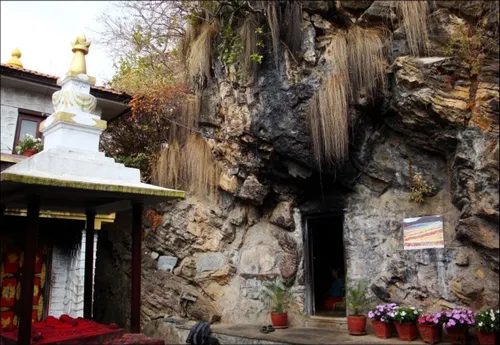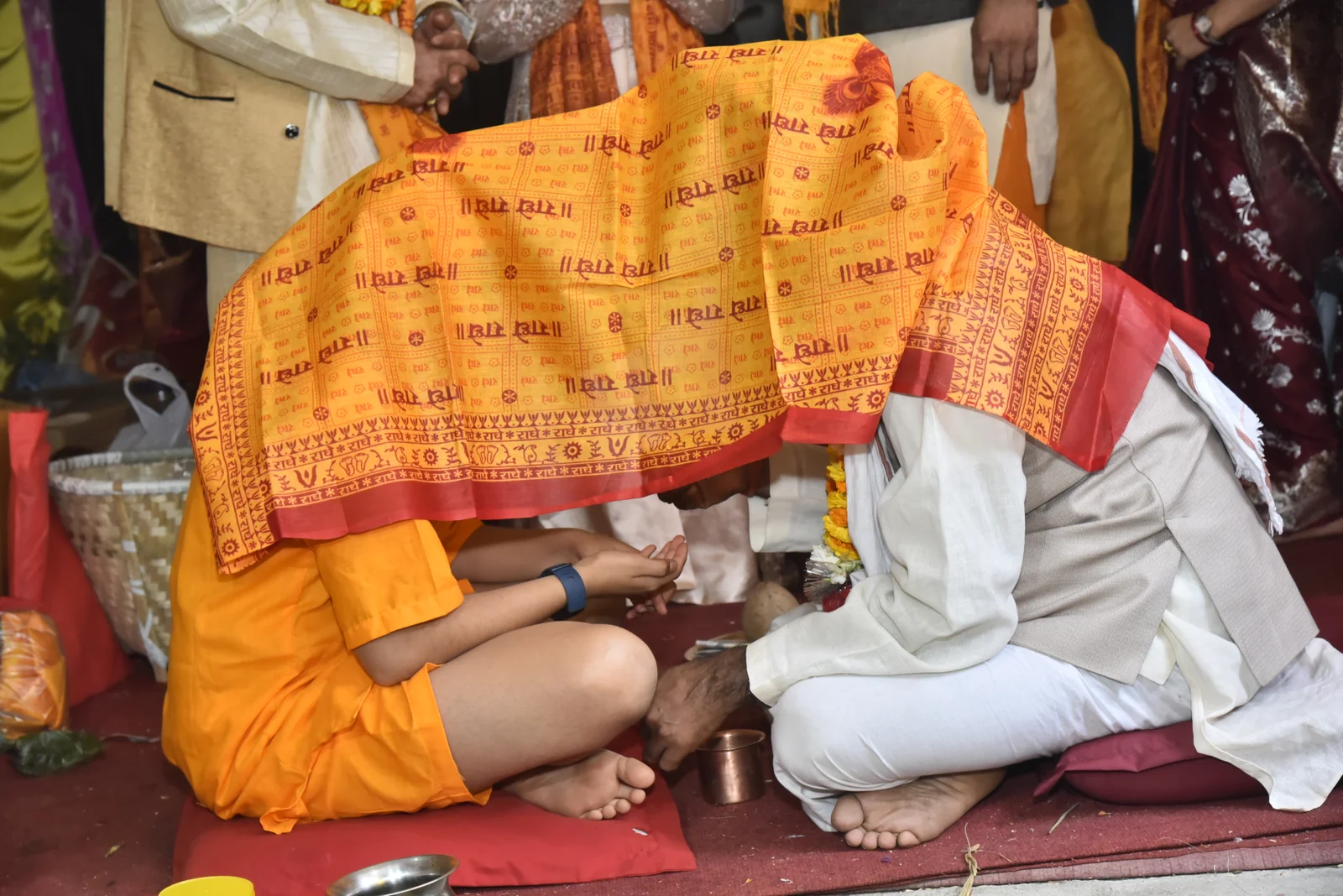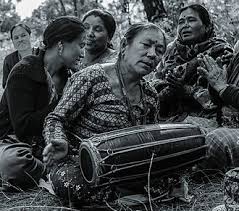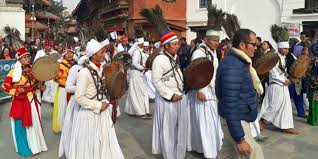Share this Article

Nepal, a land of spiritual richness and natural beauty, is home to numerous sacred caves that hold deep religious significance for both Hindus and Buddhists. These caves are not only geological marvels but also spiritual sanctuaries, often associated with meditation, enlightenment, and divine presence. Many of these caves are pilgrimage sites, drawing devotees and spiritual seekers from around the world. Here’s a guide to some of Nepal’s most sacred caves and their religious importance.
1. Gupteshwor Cave (Pokhara)
Overview
Located near the famous Devi’s Falls in Pokhara, Gupteshwor Cave is one of Nepal’s most visited caves. Dedicated to Lord Shiva, the cave houses a sacred Shivalinga, making it an important site for Hindu pilgrims. According to legend, Lord Shiva meditated here, and the waterfall in front of the cave is believed to represent the flow of the holy Ganga River.
Key Highlights
Pilgrims visit Gupteshwor Cave to worship the Shivalinga and seek blessings for prosperity and peace. The cave’s eerie yet beautiful atmosphere, enhanced by its stalactites and stalagmites, adds to its mystical aura. The combination of natural beauty and spiritual significance makes it a must-visit destination in Pokhara.
2. Swayambhunath Cave (Kathmandu Valley)
Overview
Perched atop a hill near the iconic Swayambhunath Stupa (Monkey Temple) in the Kathmandu Valley, the Swayambhunath Cave is a sacred meditation site. It is believed that ancient Buddhist gurus and monks meditated here, making it a place of profound spiritual importance.
Key Highlights
The cave is considered a sacred space for meditation, where monks and spiritual seekers spend long periods in silence and contemplation. Along with the surrounding stupa, the cave represents the balance of wisdom and enlightenment in Buddhist teachings. Visitors often come here to meditate, pray, and seek spiritual insight.
Overview
Located in the Khotang District of eastern Nepal, Halesi Mahadev Cave is one of the most revered pilgrimage sites in the region. Dedicated to Lord Shiva, the cave is believed to be the place where Shiva hid from the demon Bhasmasur, who sought to destroy him. According to legend, the Pandavas also worshipped Shiva here during their exile.
Key Highlights
Pilgrims visit Halesi Mahadev Cave to offer prayers to Lord Shiva and seek his blessings. The cave is also a site for meditation and spiritual reflection, attracting devotees from across Nepal and India. Its connection to Hindu mythology and its serene environment make it a powerful spiritual destination.
4. Muktinath Cave (Muktinath Valley)
Overview
Situated in the Muktinath Valley in the Annapurna region, Muktinath Cave is part of one of the most sacred temples in both Hinduism and Buddhism. The Muktinath Temple, dedicated to Lord Vishnu, is associated with salvation (Mukti), and the surrounding caves are considered sacred for their meditative qualities.
Key Highlights
The Muktinath Cave is often visited by those seeking spiritual liberation (Mukti). The area’s natural beauty, combined with its holy waters and serene atmosphere, provides an ideal setting for deep meditation and connection to the divine. Pilgrims and spiritual seekers come here to reflect, meditate, and seek blessings.
5. Chobhar Cave (Kathmandu Valley)
Overview
Located near Chobhar in the Kathmandu Valley, Chobhar Cave is tied to both Hindu and Buddhist traditions. According to legend, the cave is associated with Manjushri, the Bodhisattva of wisdom, who is believed to have meditated here and gained divine knowledge. The Chobhar area is historically significant, as it is believed to be the site where Manjushri drained the Kathmandu Valley, making it habitable for humans.
Key Highlights
Pilgrims visit Chobhar Cave to pay homage to Manjushri, seeking wisdom and enlightenment. The cave is also a popular spot for local Buddhists and Hindus to perform prayers and meditate. Its historical and spiritual significance makes it a unique destination in the Kathmandu Valley.
6. Padmasambhava Cave (Lumbini)
Overview
Near the birthplace of Lord Buddha in Lumbini, the Padmasambhava Cave is dedicated to Padmasambhava, the great Tibetan Buddhist master who helped spread Buddhism to Tibet. The cave is believed to be the place where Padmasambhava meditated, and it holds great significance for Tibetan Buddhists.
Key Highlights
The cave attracts those seeking spiritual empowerment and blessings from Padmasambhava, known for his mastery over spiritual teachings and meditation. Its connection to the early teachings of Buddhism and its serene environment make it a place of profound spiritual power.
7. Buddha’s Cave (Syangja District)
Overview
Located in the Syangja District of central Nepal, Buddha’s Cave is a Buddhist pilgrimage site believed to be the meditation cave of the young Sakyamuni Buddha before his enlightenment. The cave is revered by Buddhists as a place of profound spiritual significance.
Key Highlights
Devotees visit Buddha’s Cave to reflect and meditate, following in Buddha’s footsteps toward spiritual awakening. The cave also draws visitors seeking inner peace and reflection on the nature of suffering. Its connection to Buddha’s life and teachings makes it a sacred destination for Buddhists and spiritual seekers.
Conclusion
Nepal’s sacred caves are more than just natural wonders; they are spiritual sanctuaries that offer a glimpse into the country’s rich religious and cultural heritage. From the mystical Gupteshwor Cave in Pokhara to the serene Padmasambhava Cave in Lumbini, each cave holds a unique story and significance.
These caves serve as places of meditation, prayer, and spiritual growth, drawing pilgrims and seekers from around the world. Whether you are a devotee seeking blessings or a traveler exploring Nepal’s spiritual landscape, these sacred caves offer a profound connection to the divine and a deeper understanding of Nepal’s spiritual traditions.
Categories:
Spirituality & Religion
Tags:
SacredCavesNepal
,
NepalCaveAdventures
,
SpiritualJourneyNepal
,
DivineCaves







